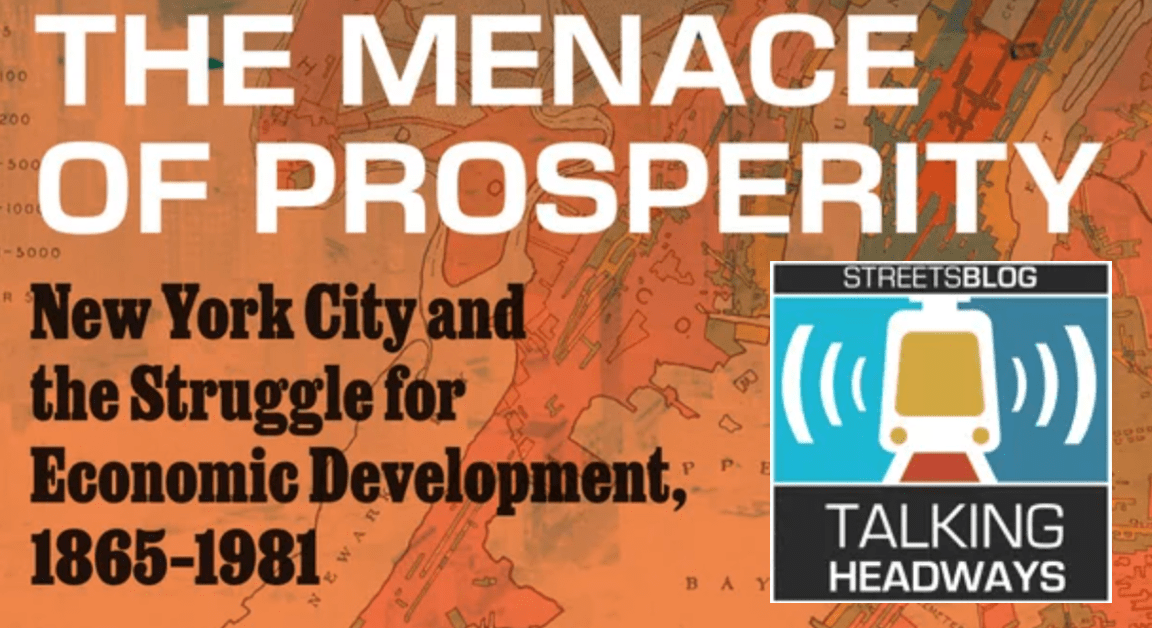The other day, we wrote a post in hopes of starting a conversation about the way certain groups of people who ride bicycles -- notably, immigrants who ride to work and for work -- tend to get overlooked by bicycle advocacy groups and planners. The post (which grew out of an item by Streetsblog Network member Honking in Traffic) got a lot of responses, including a few from people who thought we were stating the obvious or being patronizing. (On Twitter, @feedmeshow put it this way: "Wealthy white person notices that some ride of necessity, as opp. lifestyle choice." Ouch.)
What seems clear is that there needs to be more discussion on the topic, not less. Many people sent along some great resources that could help to further a productive conversation, and it seemed worthwhile to collect some of that feedback in a separate post.
 Ciudad de Luces reaches out to day laborers who use bicycles for transportation. (Photo: Ciudad de Luces)
Ciudad de Luces reaches out to day laborers who use bicycles for transportation. (Photo: Ciudad de Luces)We learned about an outreach program in Los Angeles called Ciudad de Luces, a project of the Los Angeles County Bicycle Coalition whose mission is "to increase working-class Latino immigrant bicyclists’ safety and
empower them to educate and spread bicycle safety information and
advocacy to their communities." They're due to publish a Spanish-language cycling guide in March and are working with grassroots groups like CARACEN (the Central American Resource Center). A few readers also referenced an article in Bicycling magazine on the topic.
One of the most the intriguing responses came from Michael Smart, a doctoral student at UCLA's Institute for Transportation Studies, who just published a paper entitled "US Immigrants and Bicycling: Two-Wheeled in Autopia" (download the PDF here). Smart's paper looks at many variables that influence immigrants' use of bicycles -- income, neighborhood density, inability to obtain a driver's license because of immigration status, and past habits. It includes some very interesting statistics -- for instance, "even among non-drivers, native-born Americans make only 1 percent of trips by bicycle, while immigrants make 3 percent of trips by bicycle."
In his conclusion, Smart notes that despite the high rate of biking among immigrant groups, very little effort is made to include those people in the planning process:
[T]his research serves to highlight that transportation planning agencies should include immigrant communities in the planning of bicycle networks and facilities. There is little evidence that this is currently the case. In Los Angeles, a city with one of the largest concentrations of immigrants in the United States, the city’s recently released draft Bicycle Master Plan Update was crafted without targeted outreach to immigrant communities, and indeed the most significant element of the public participation process was an internet survey…. While the survey did not ask respondents questions related to immigration, the public participation process on the whole does not appear to include input from low-income individuals such as low-income immigrants. In fact, the opposite appears to be the case, with nearly 85 percent of all respondents to the survey having had a college degree -- and nearly half of those respondents had post-graduate degrees.…
Similarly, a recent citywide bicycle survey in New York City was conducted online, in English only, and a majority of its respondents (55 percent) were members of bicycle advocacy groups…. Indeed, as many have noted, typical public participation processes such as community meeting and public review processes tend to attract the attention and input of organized and relatively powerful special-interest groups, while failing to receive meaningful input from others -- even when the issue at hand is important to those individuals…. Transportation planning agencies may therefore need to use targeted outreach processes in order to receive meaningful input from immigrant cyclists on bicycle-related questions.
Let's keep talking. It can't hurt.





